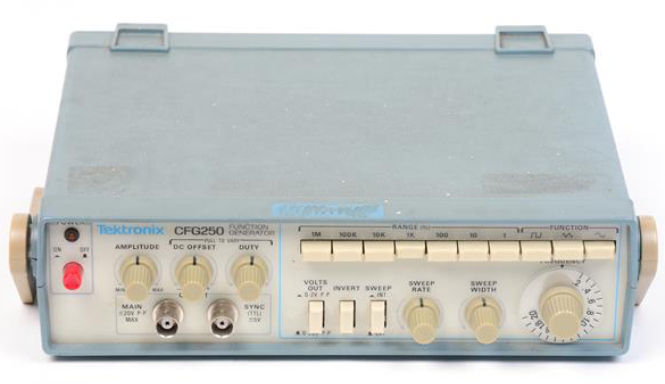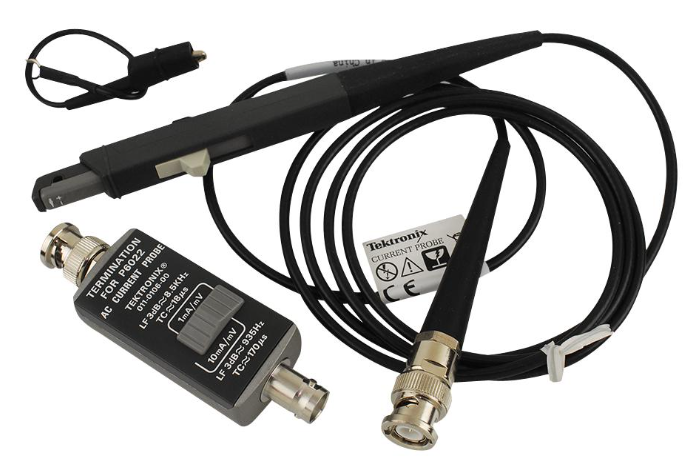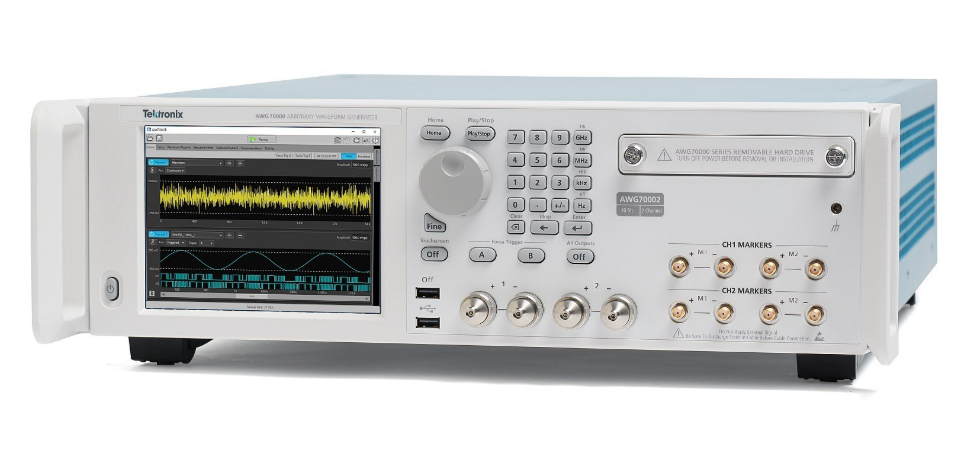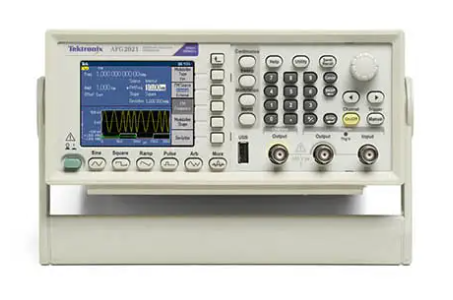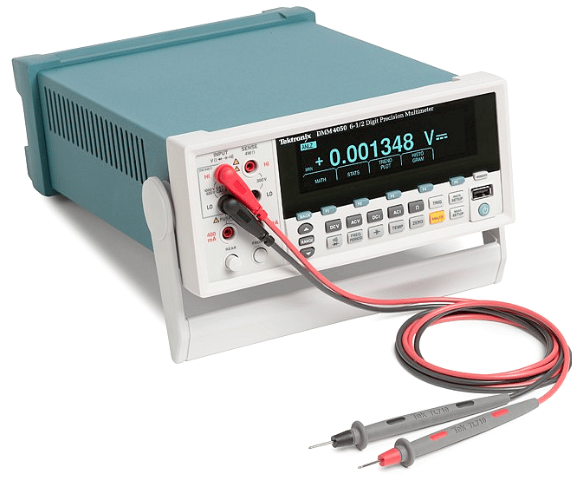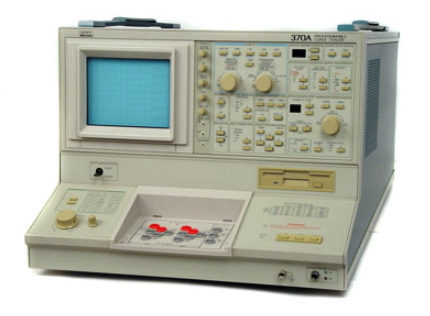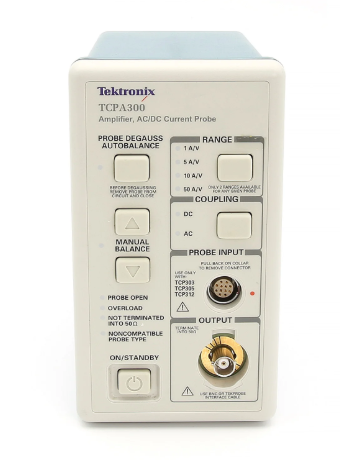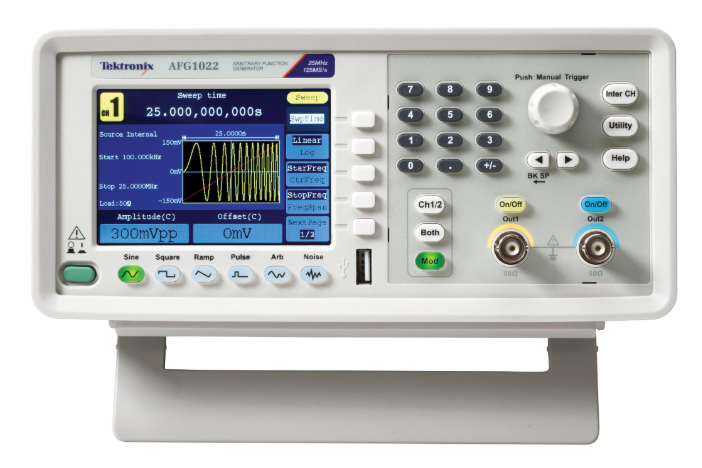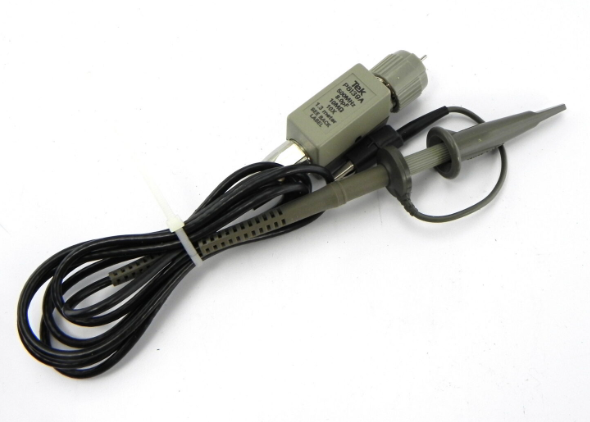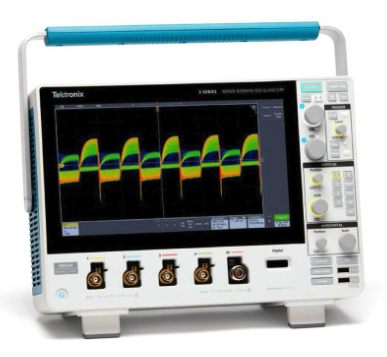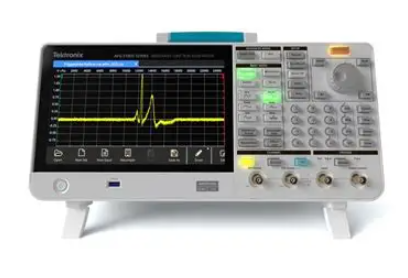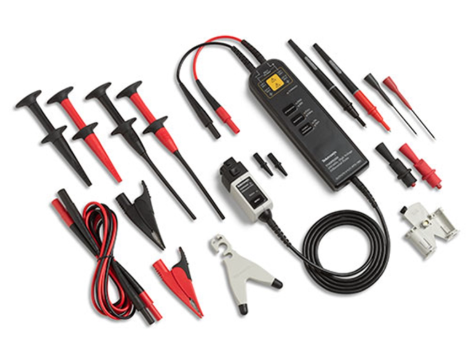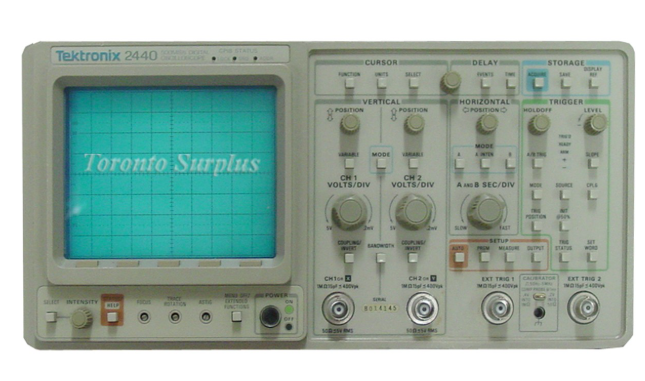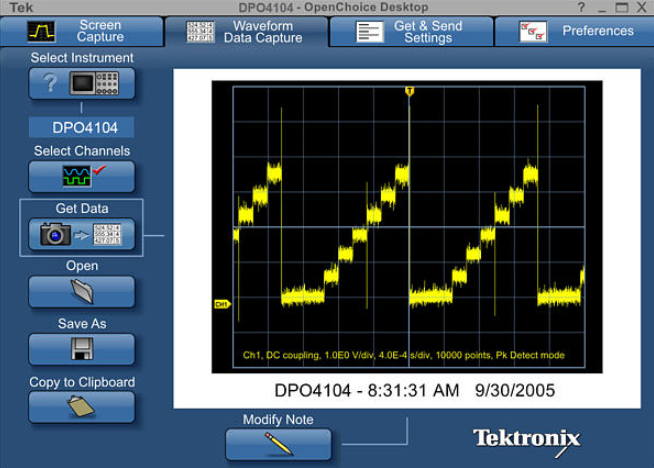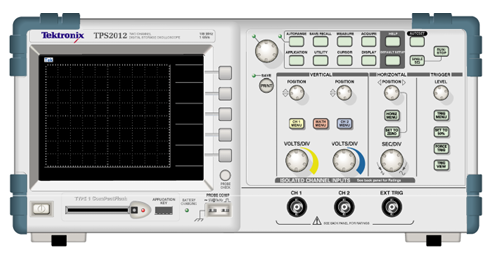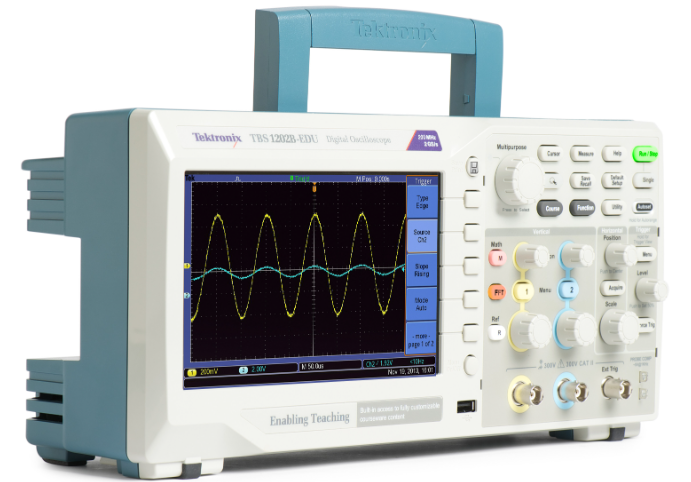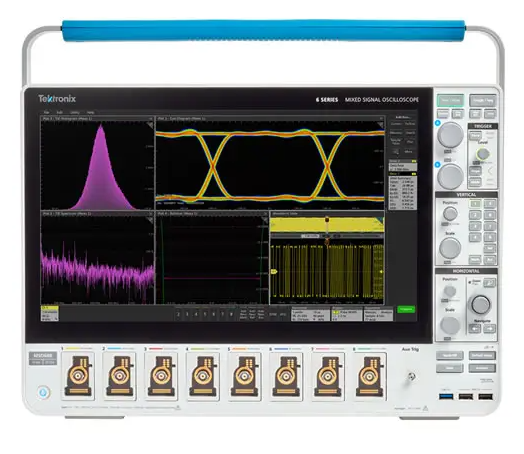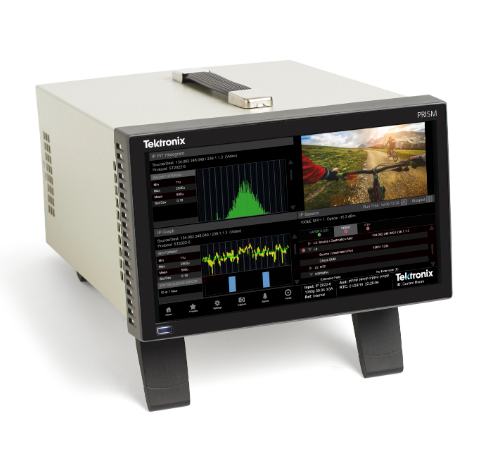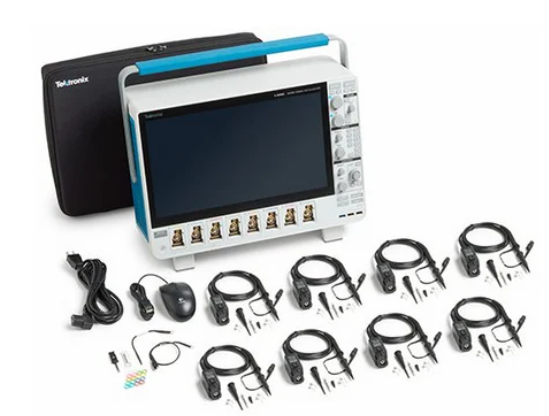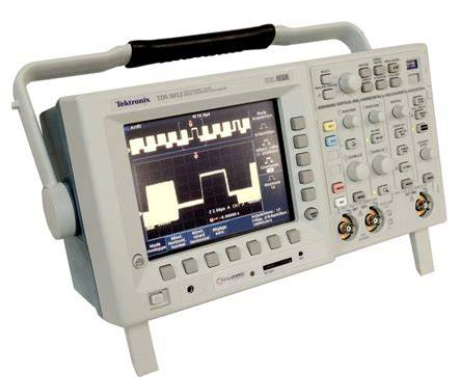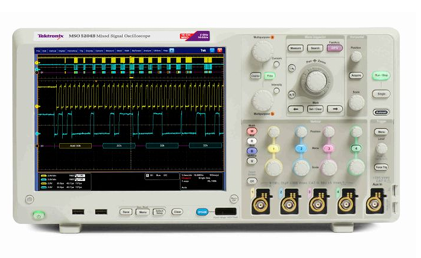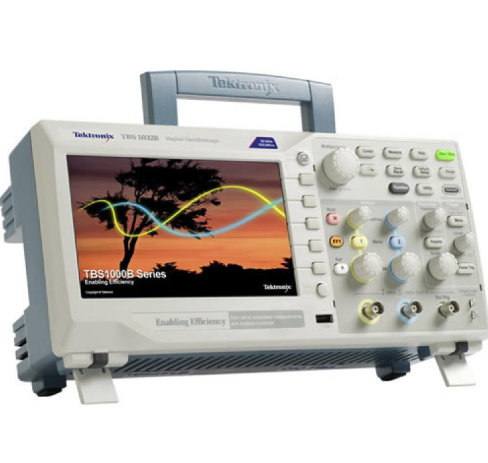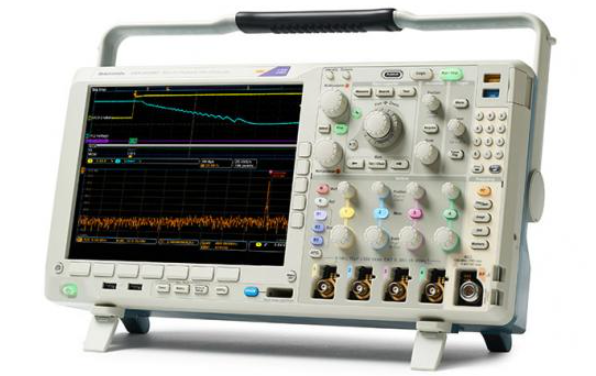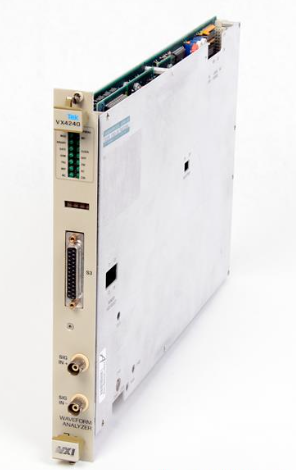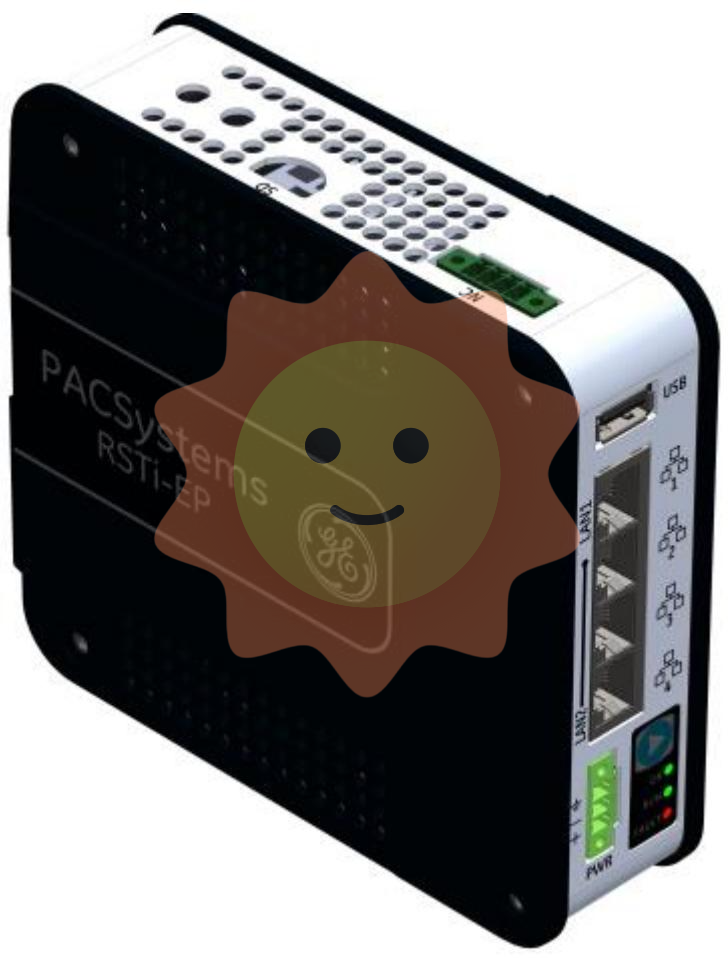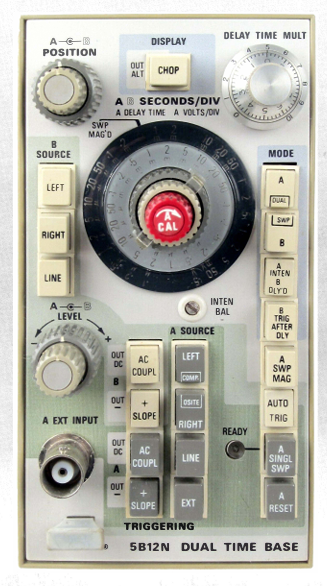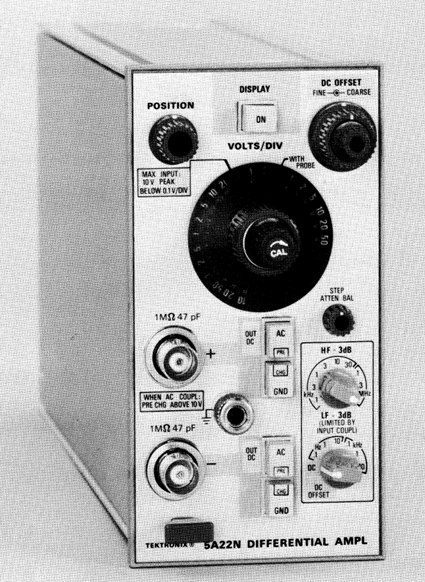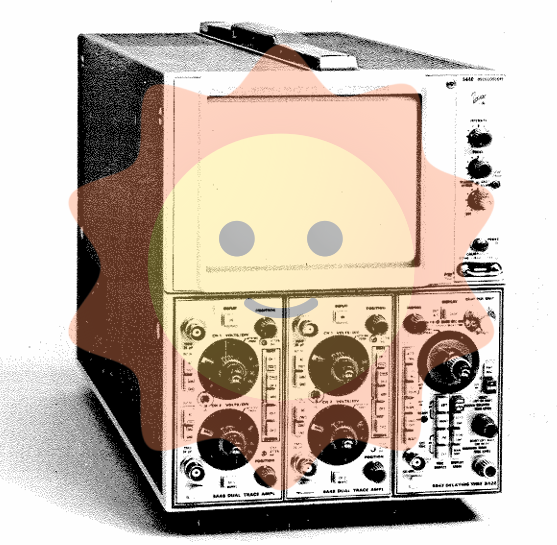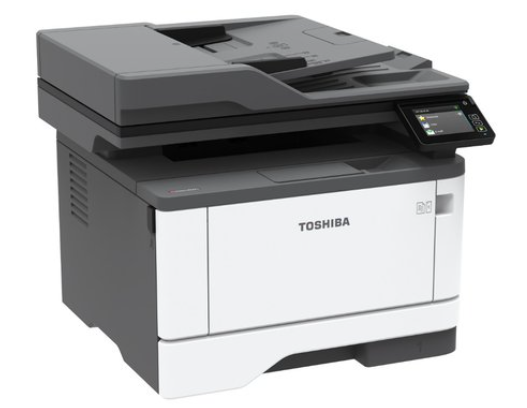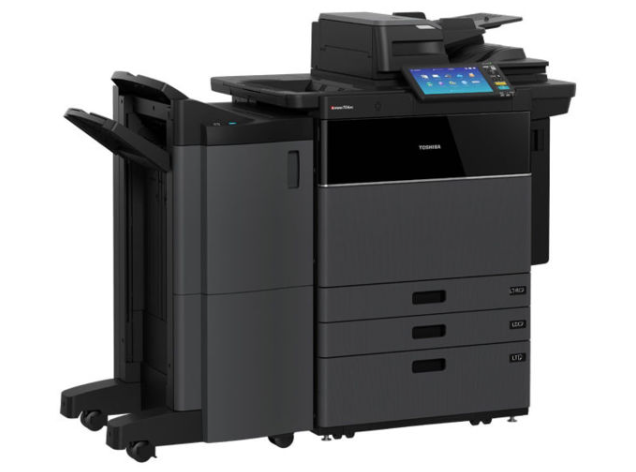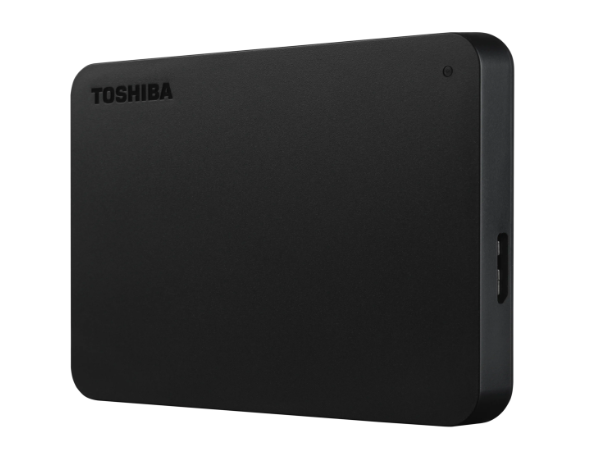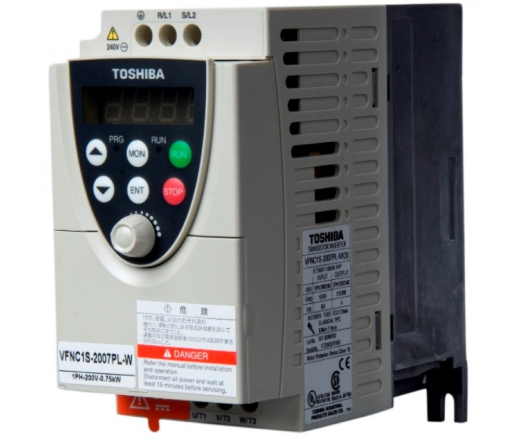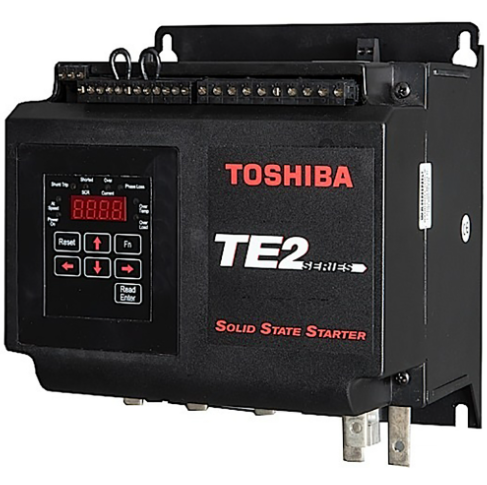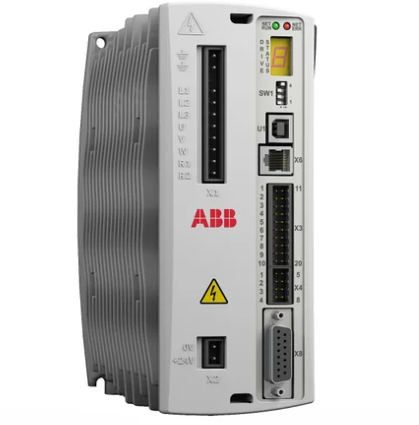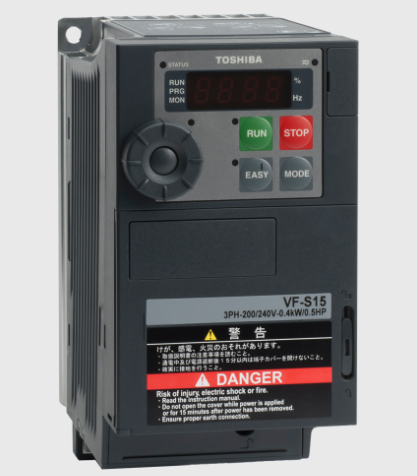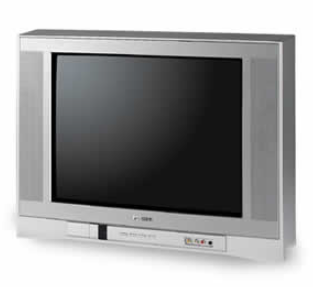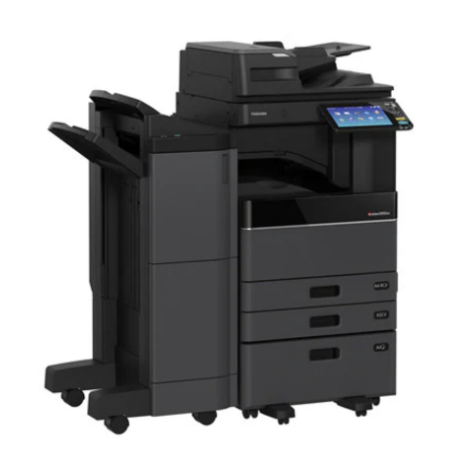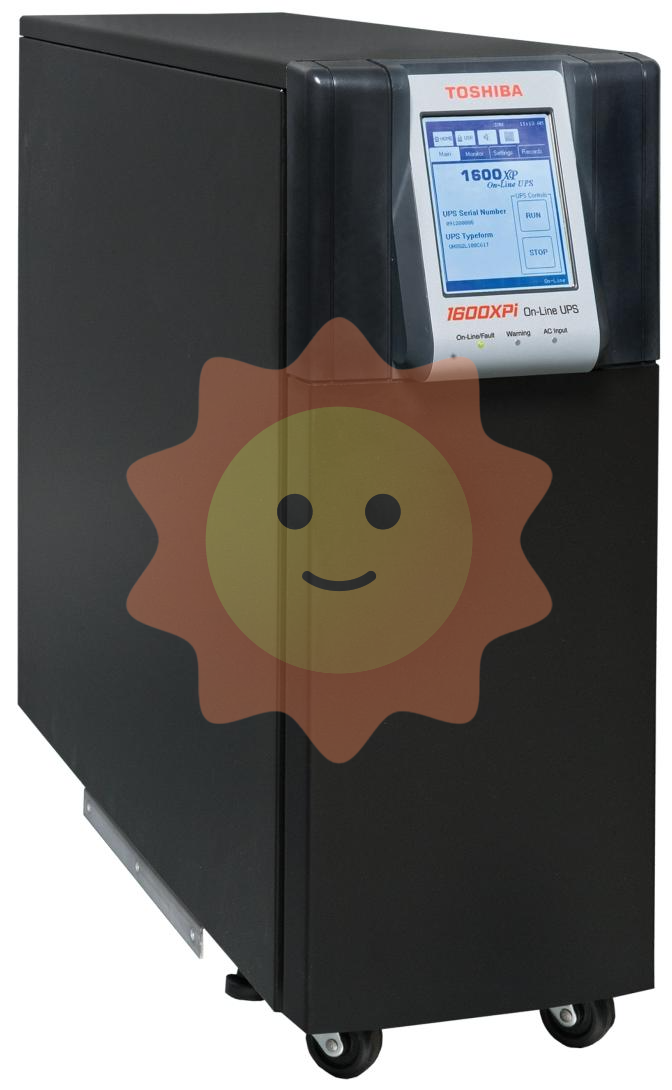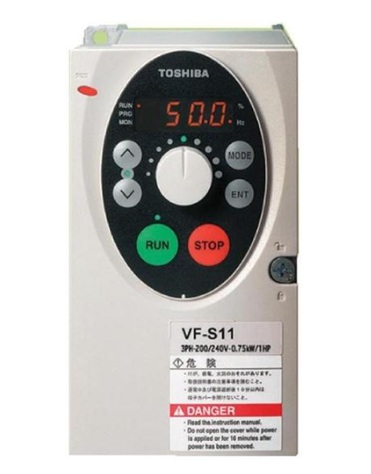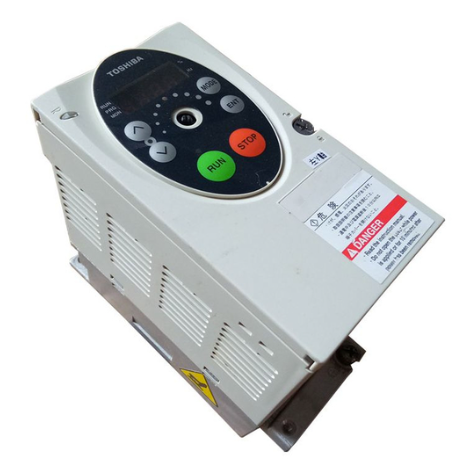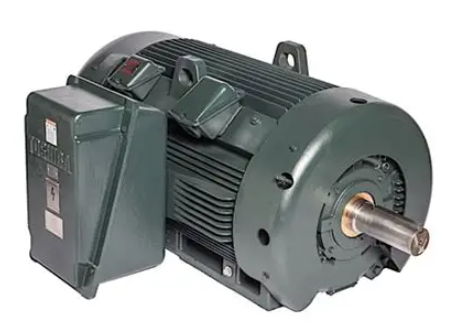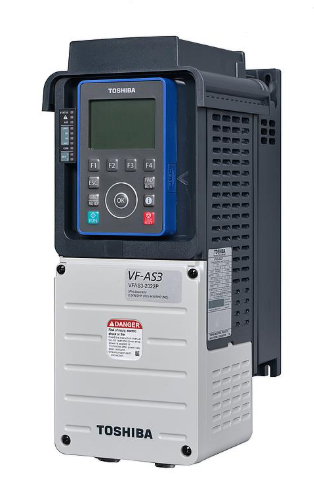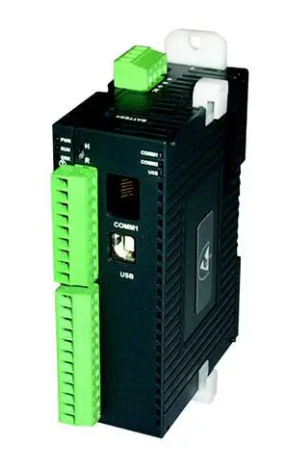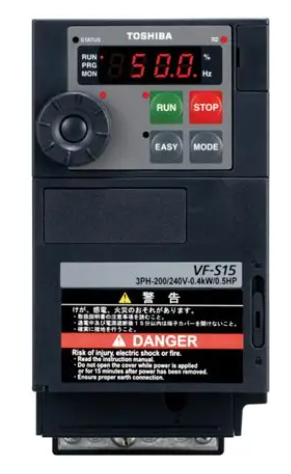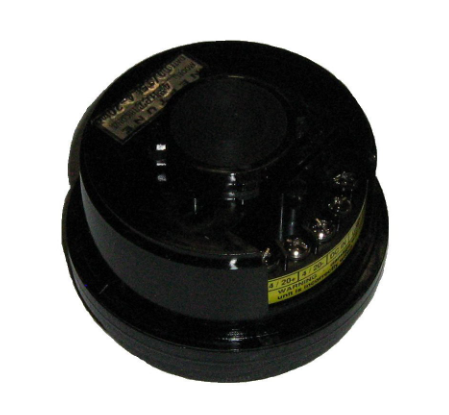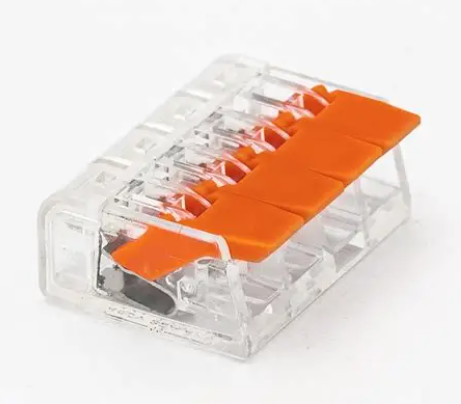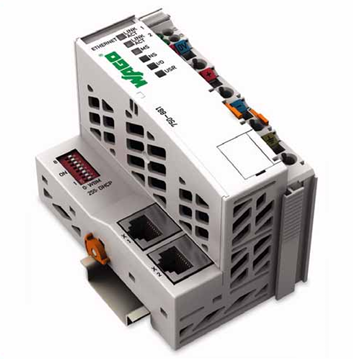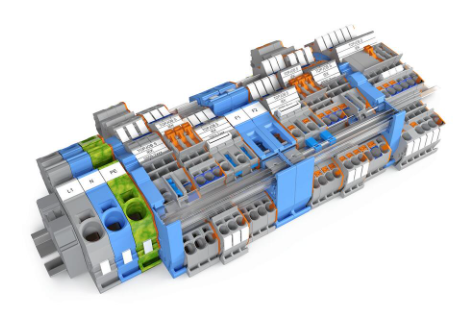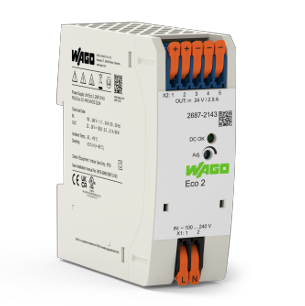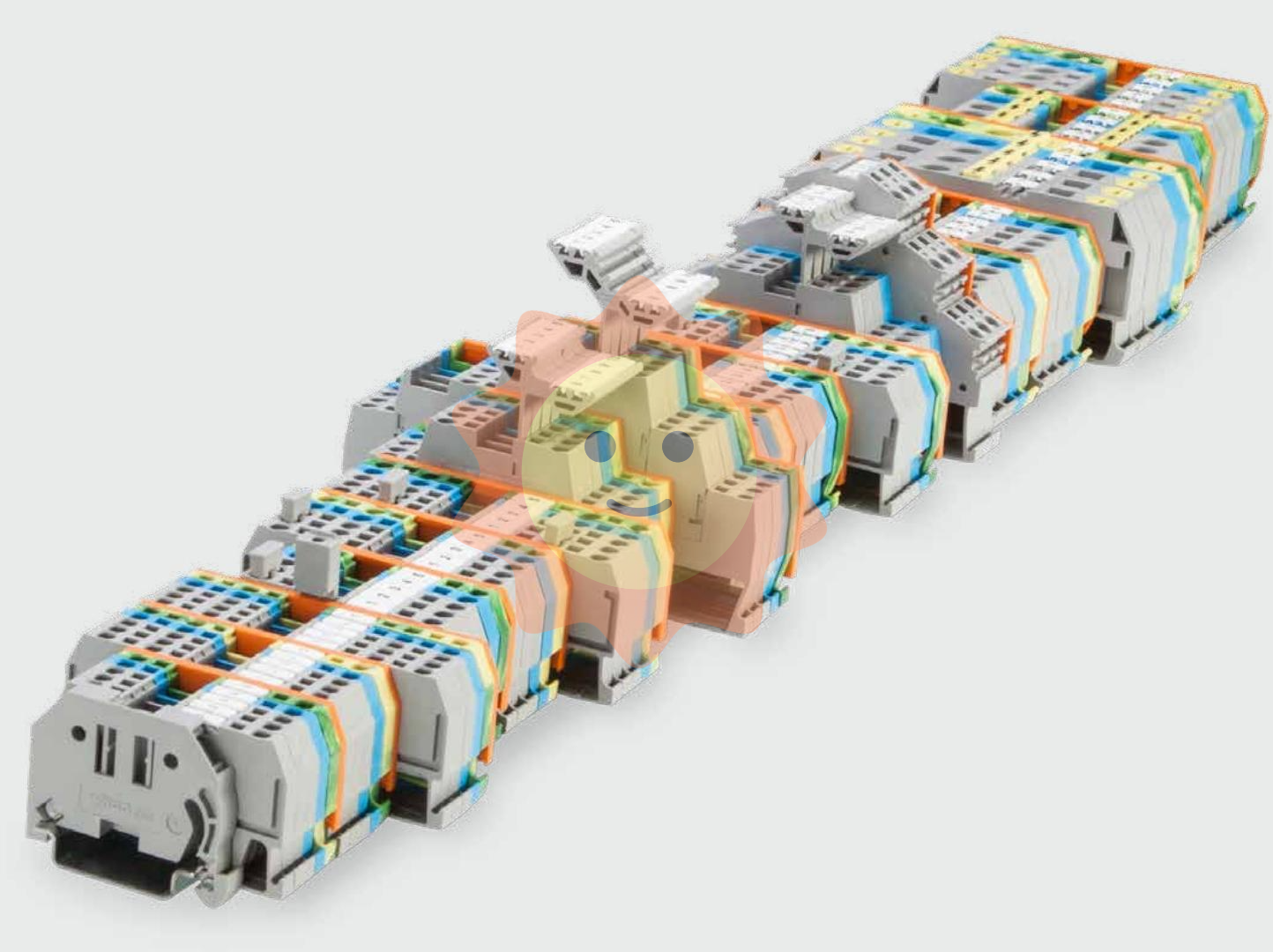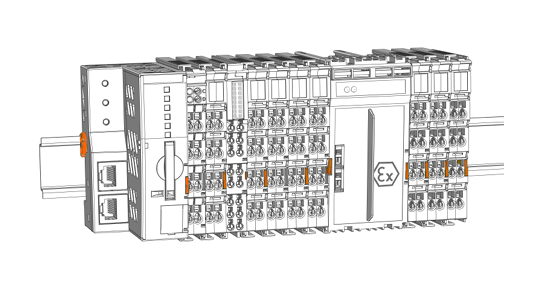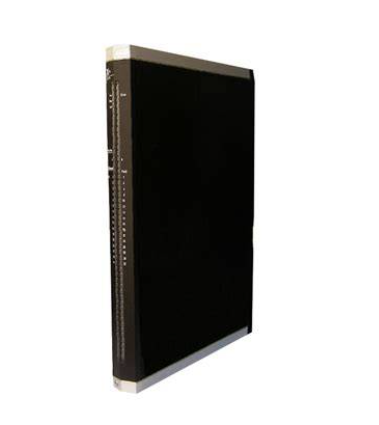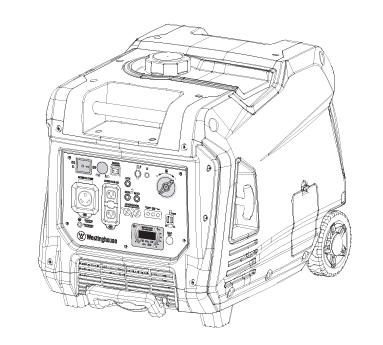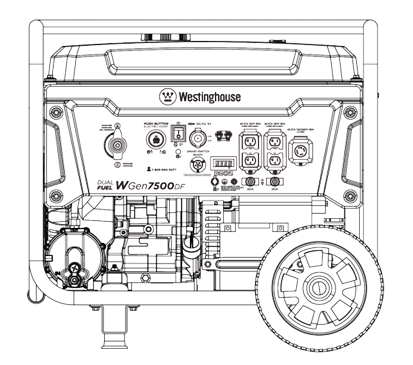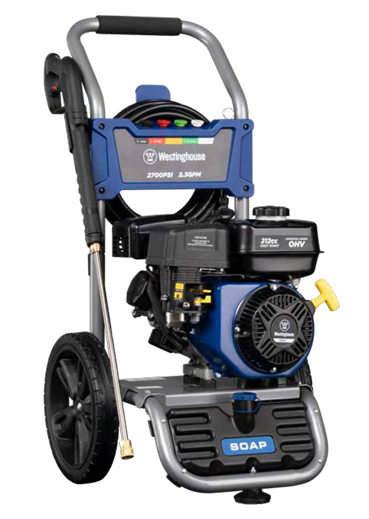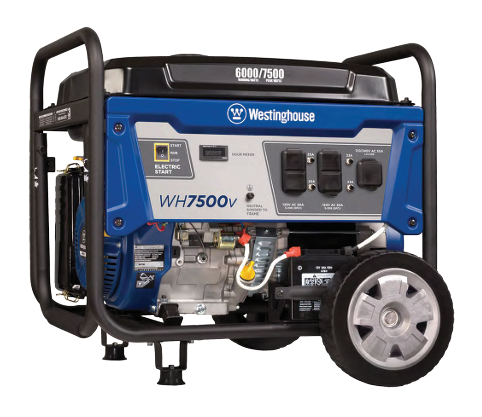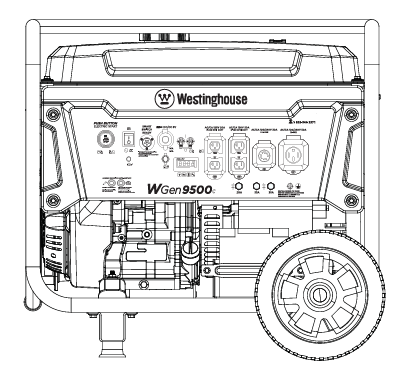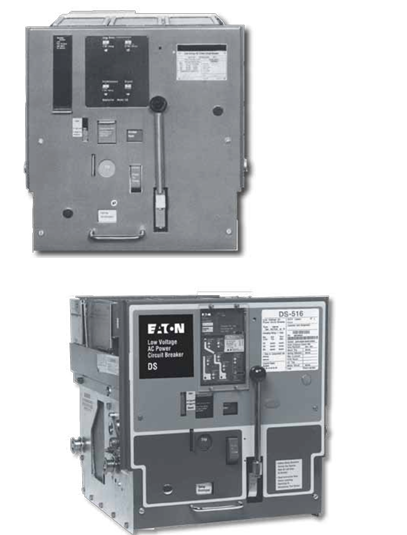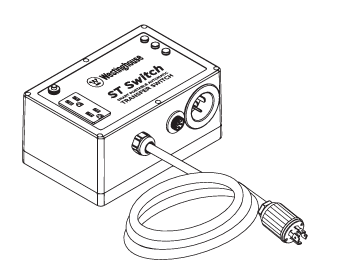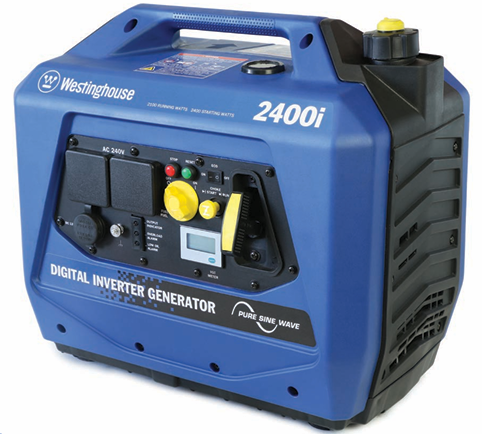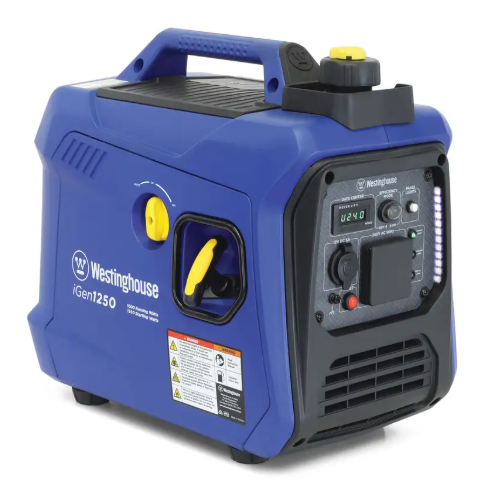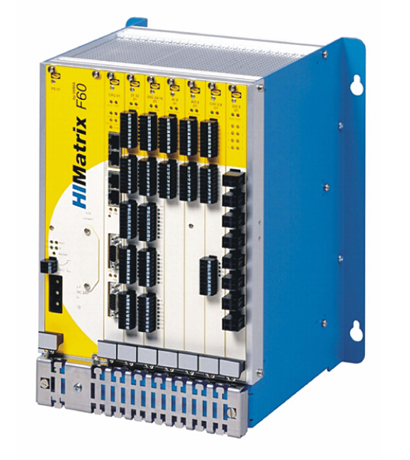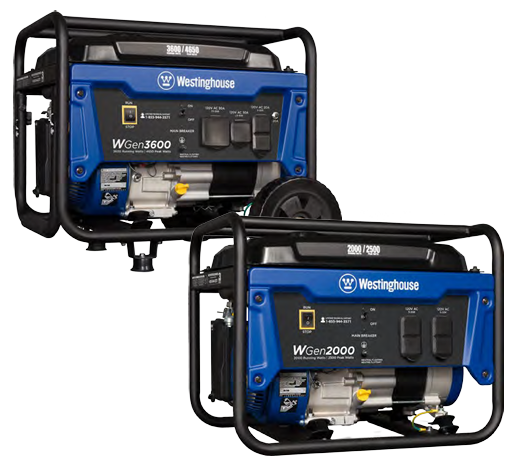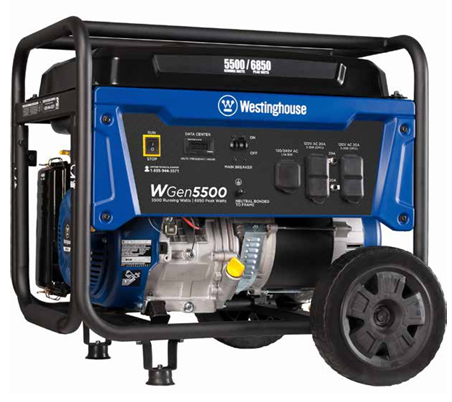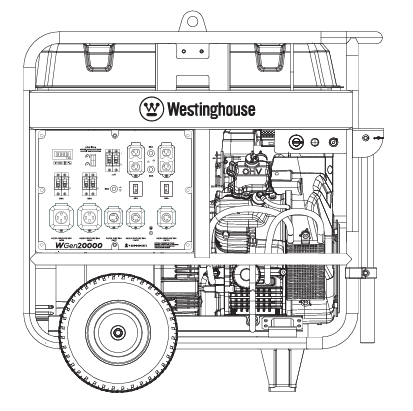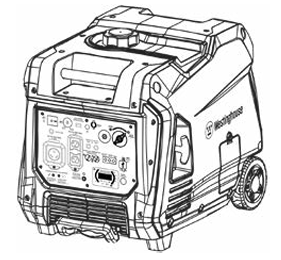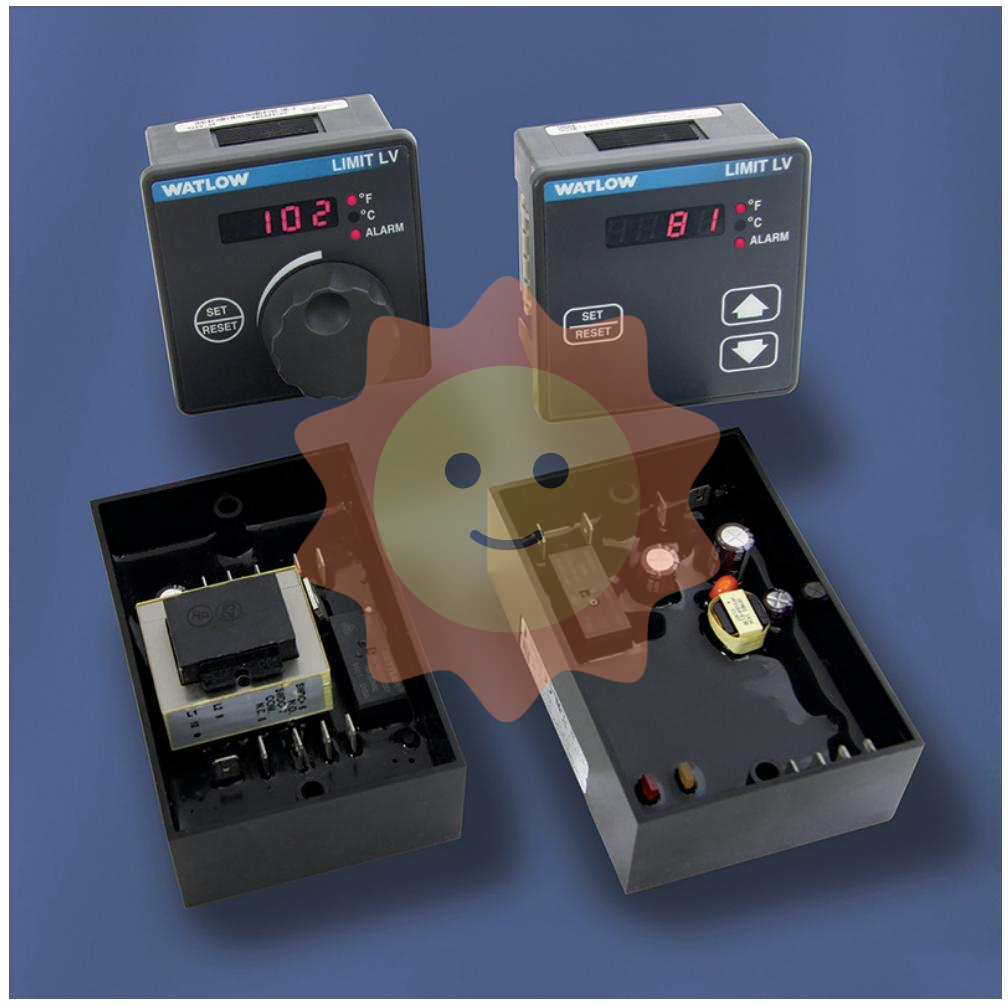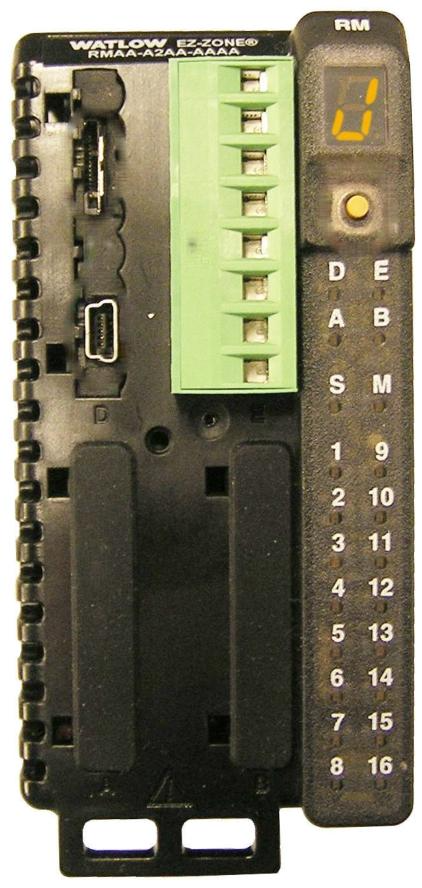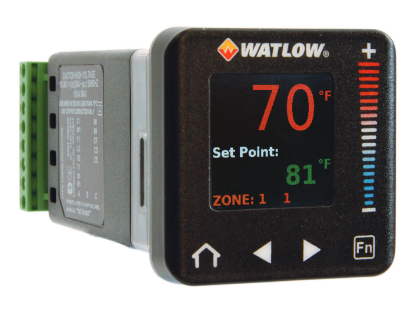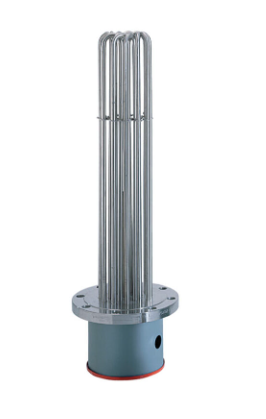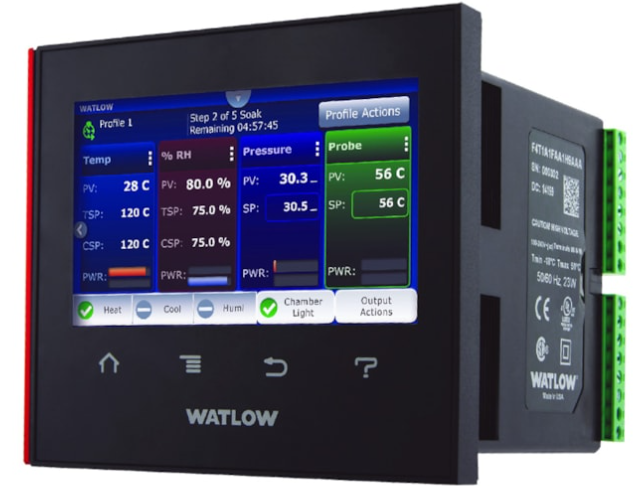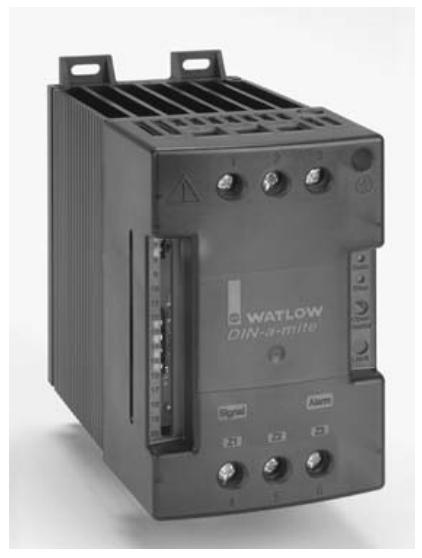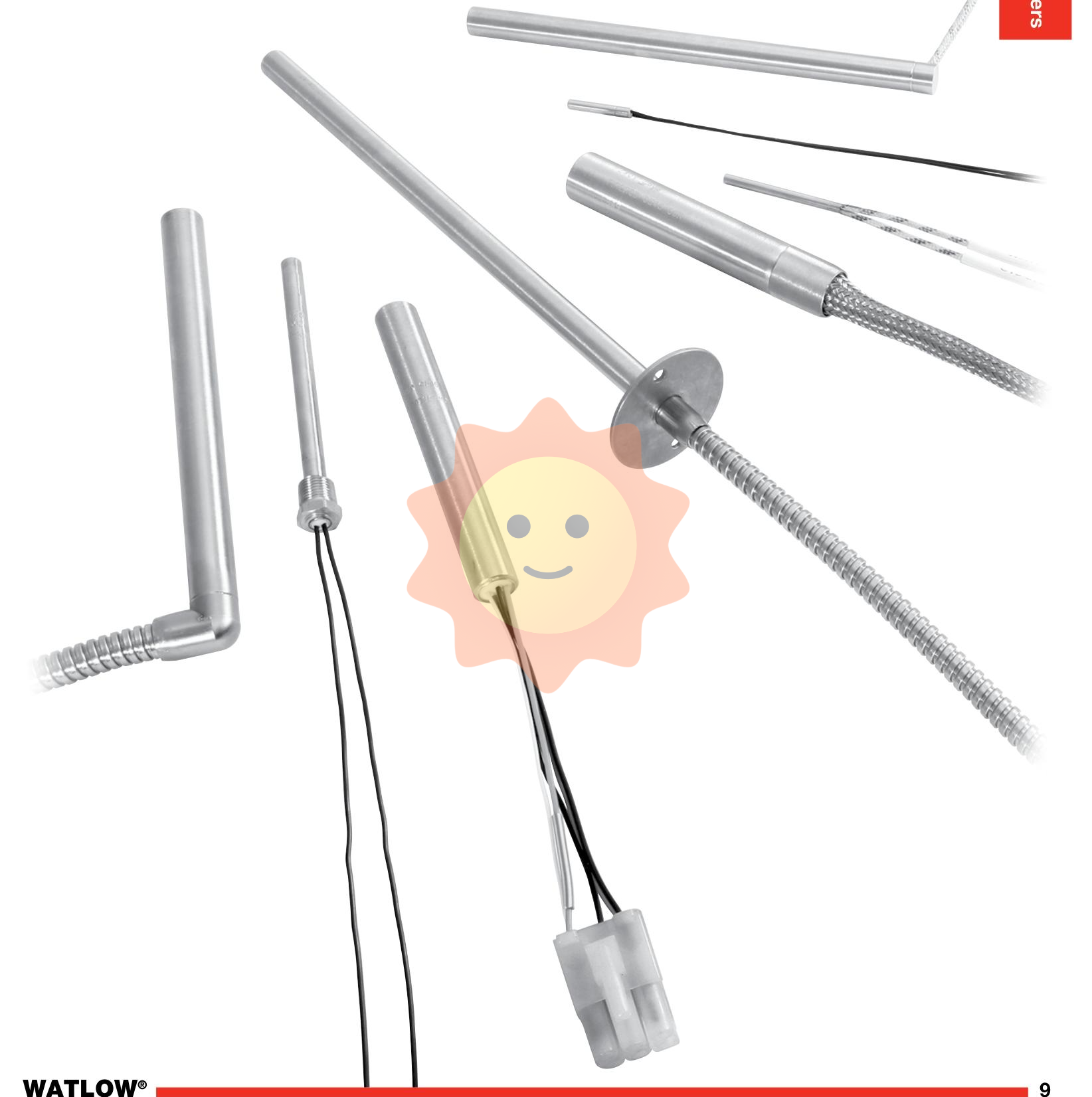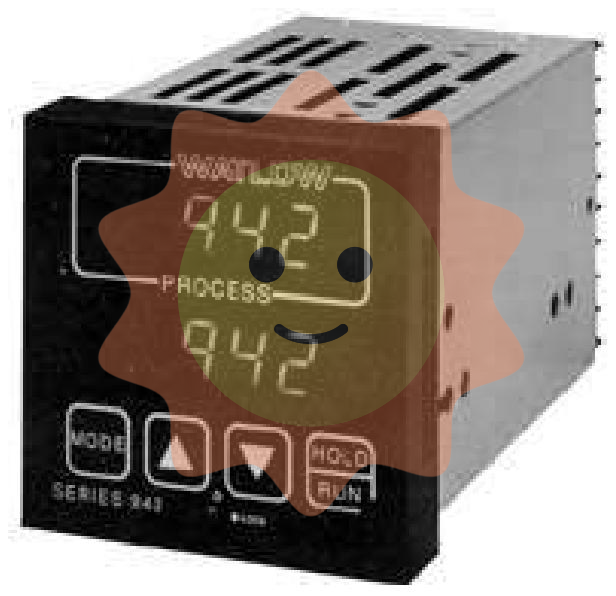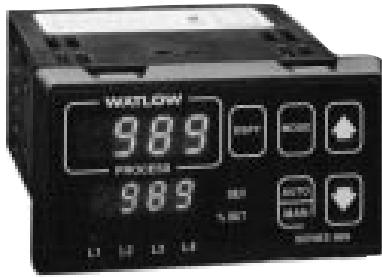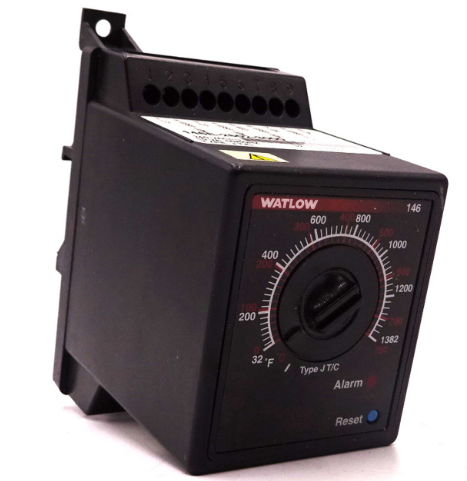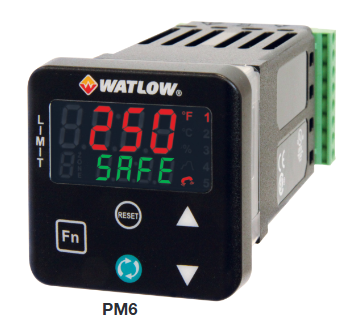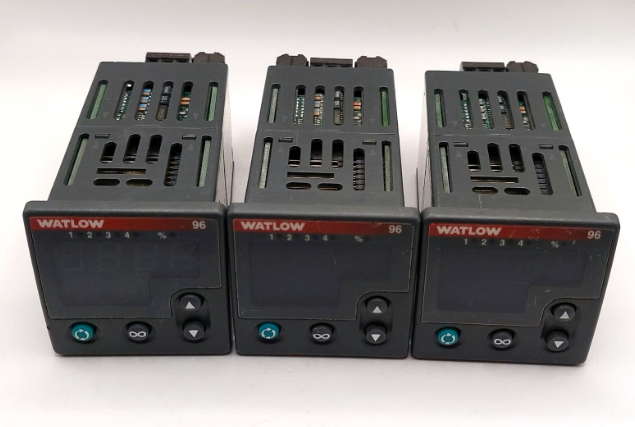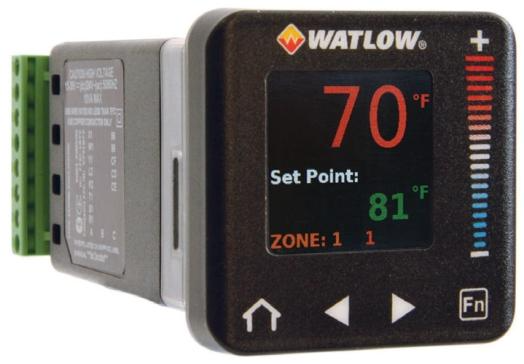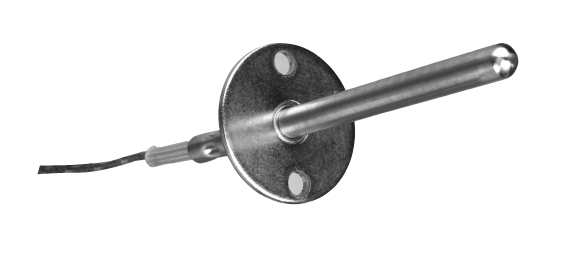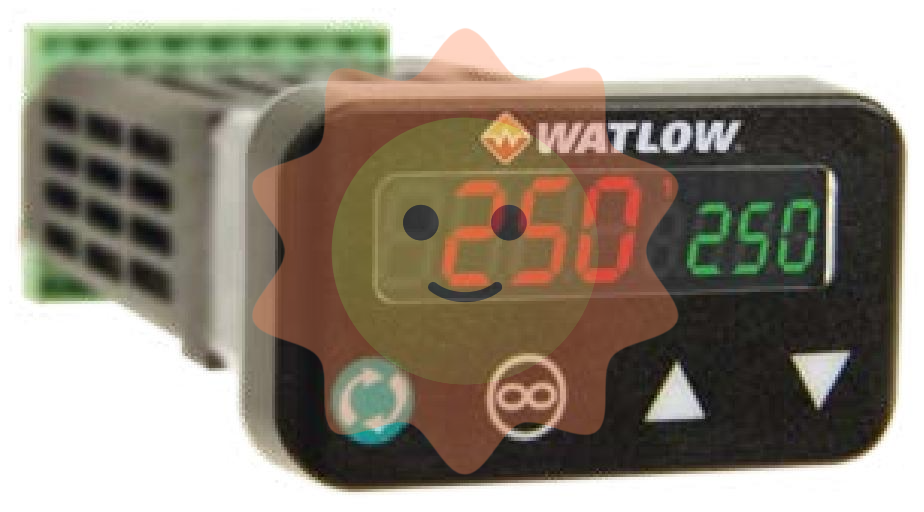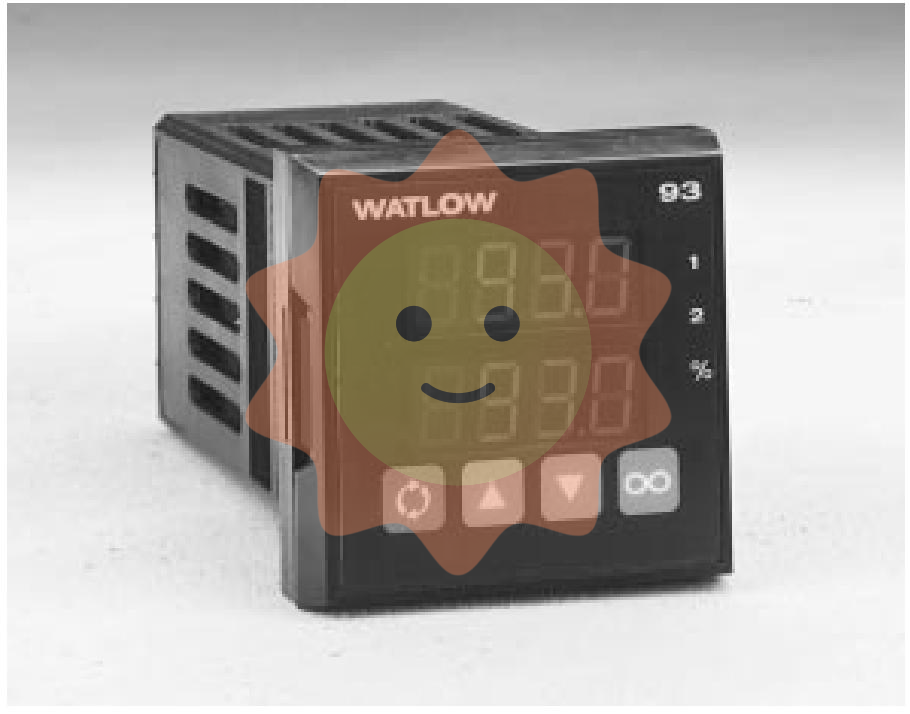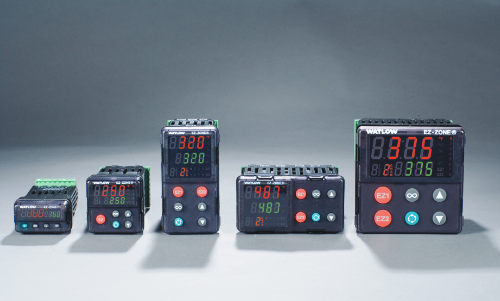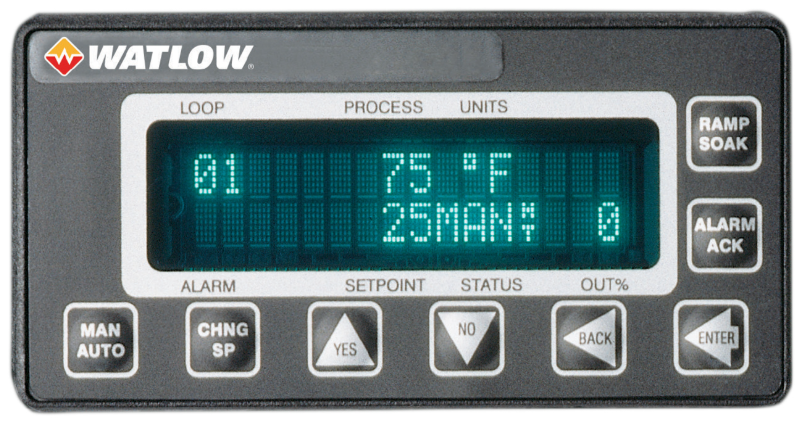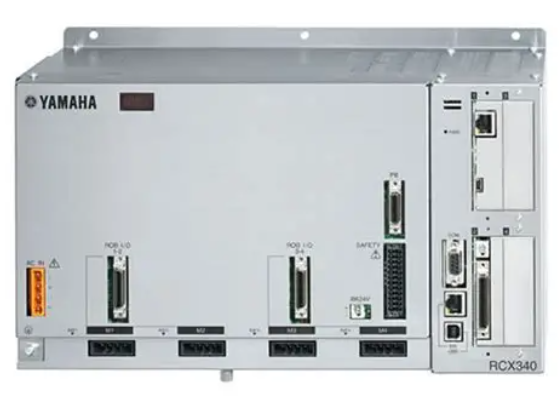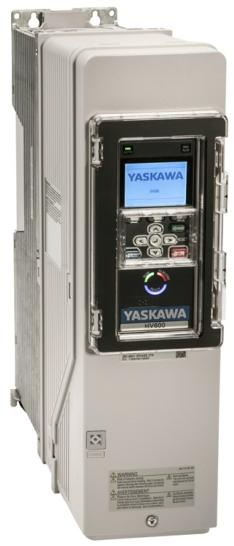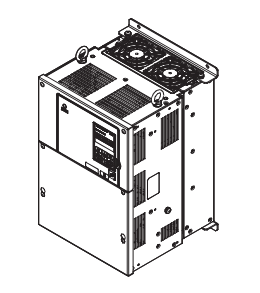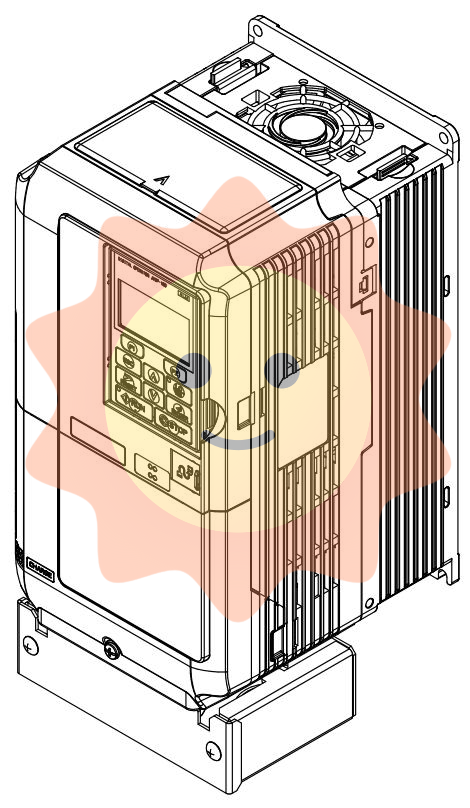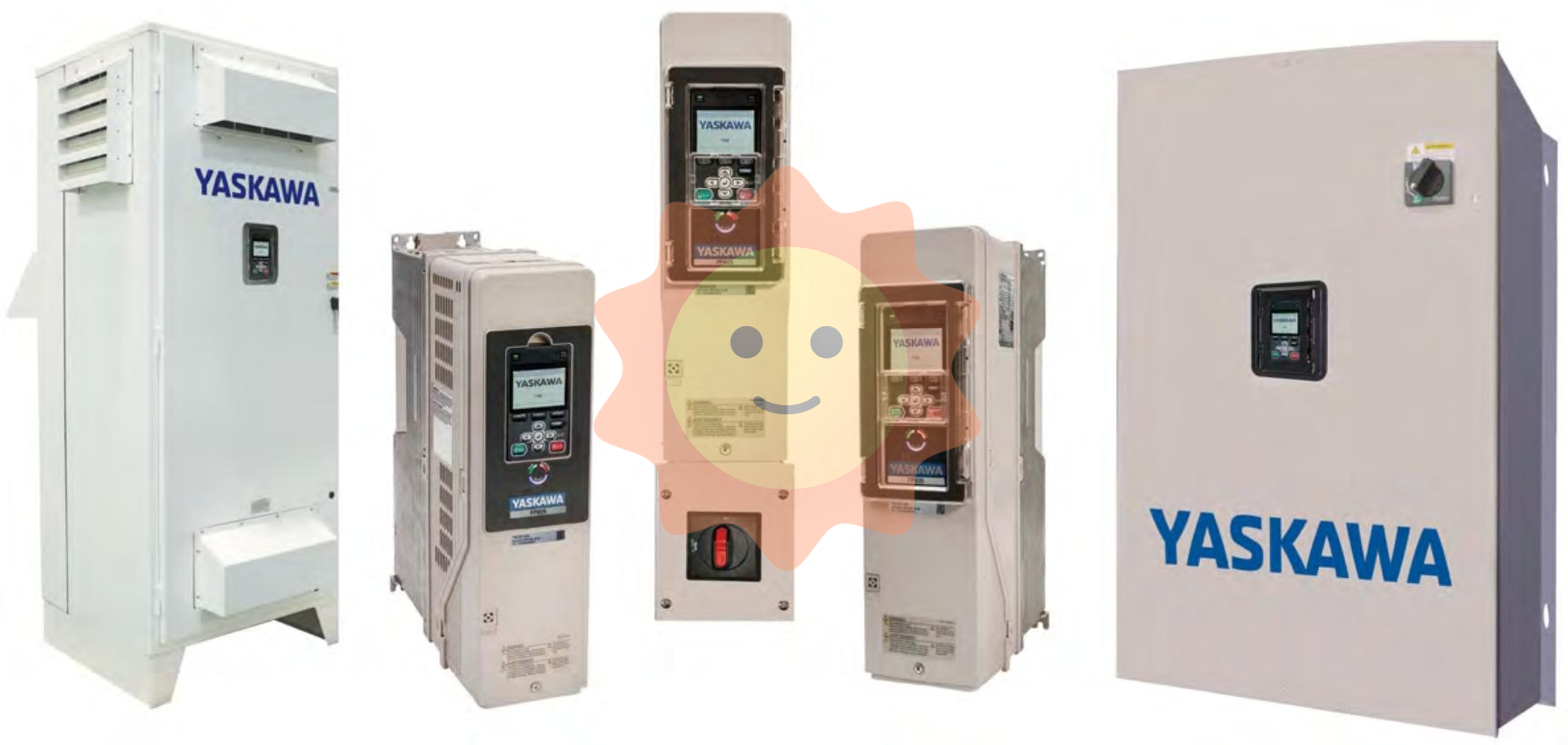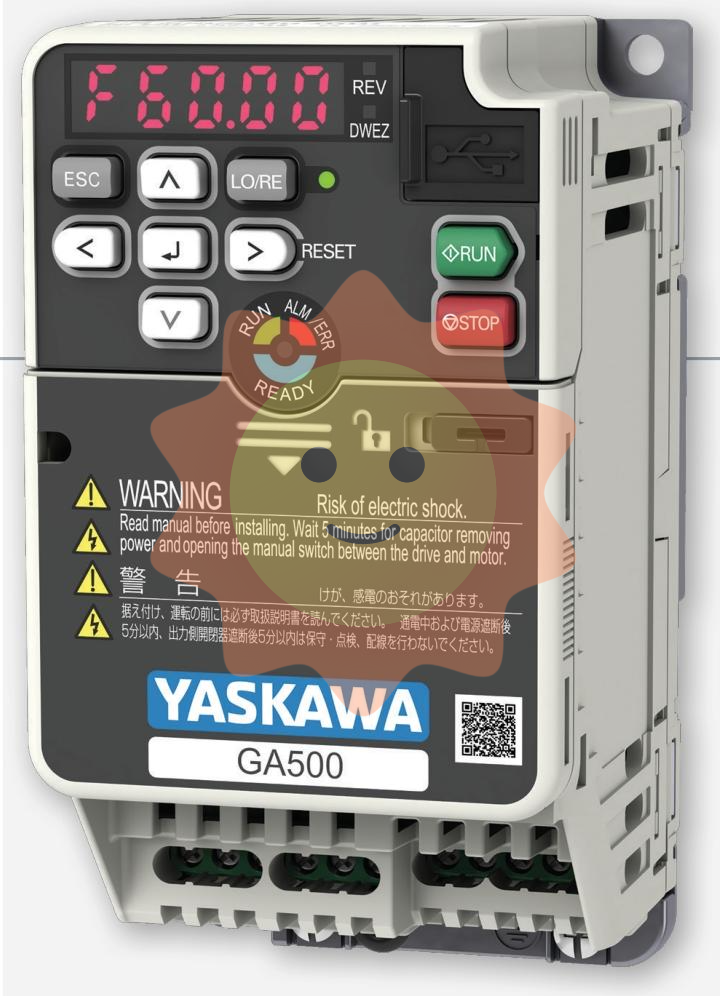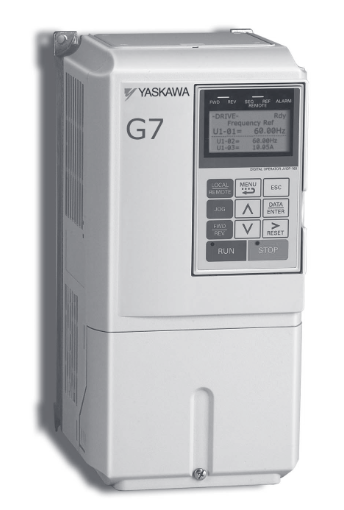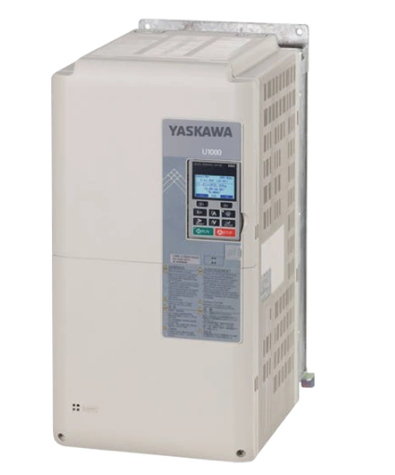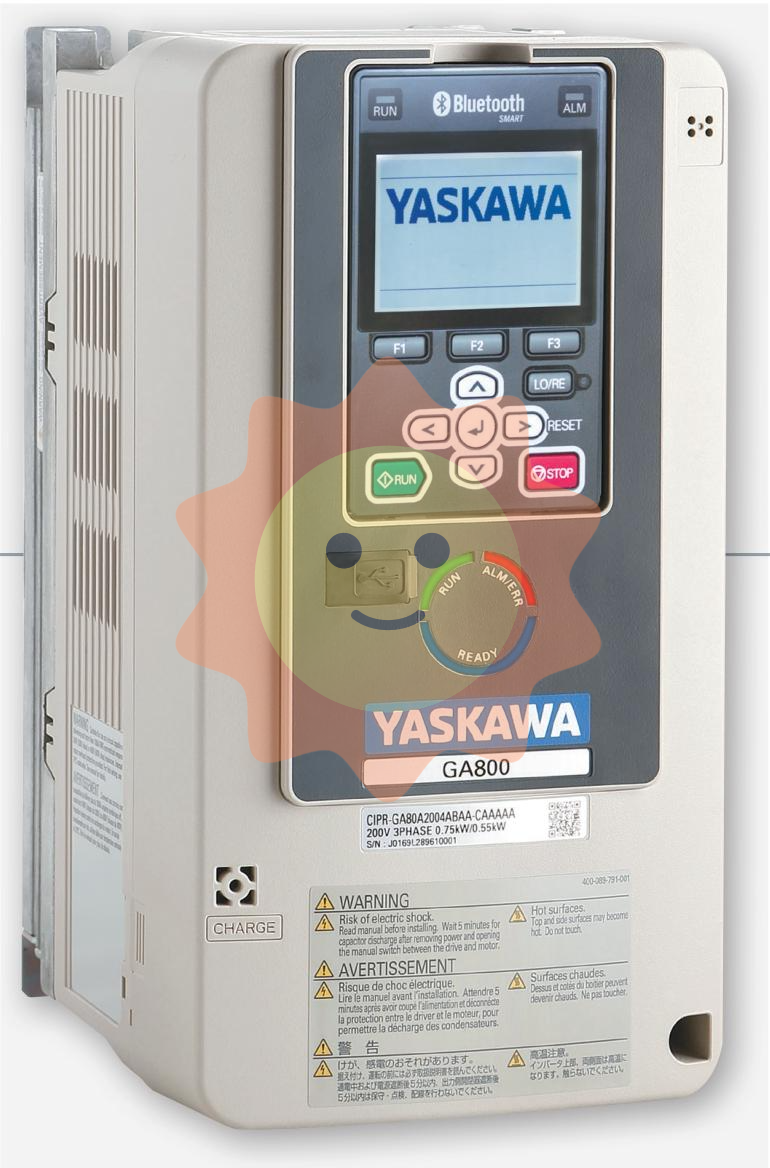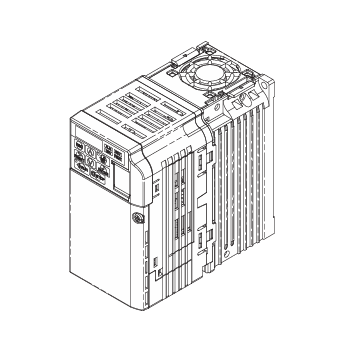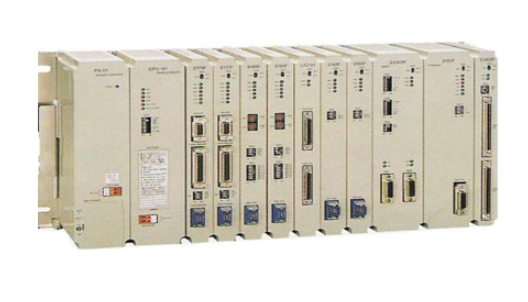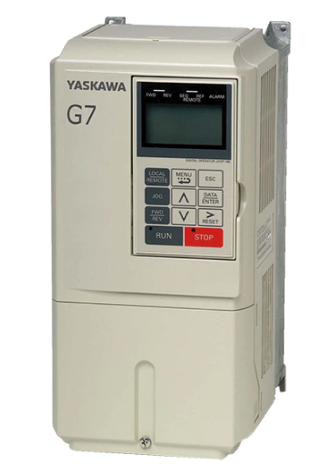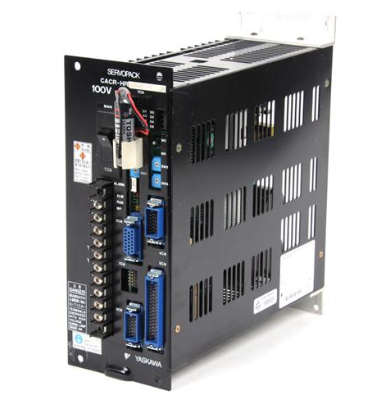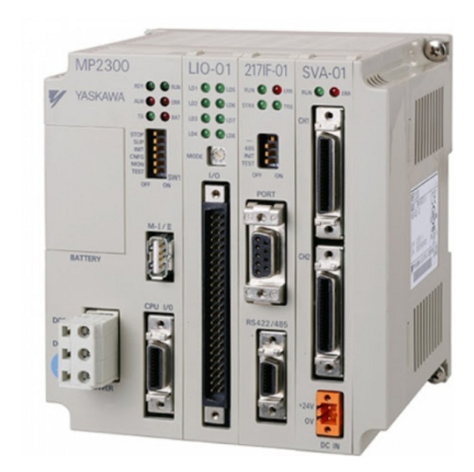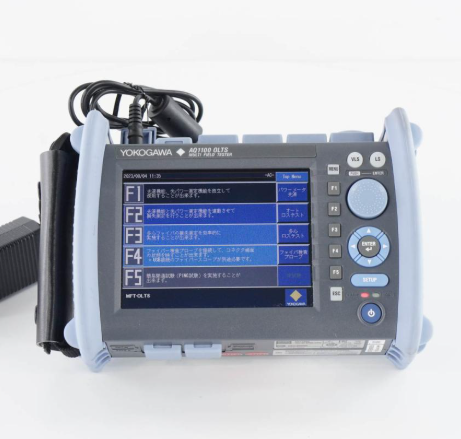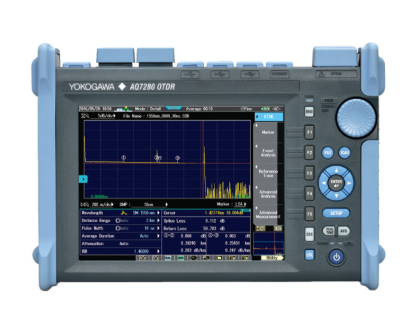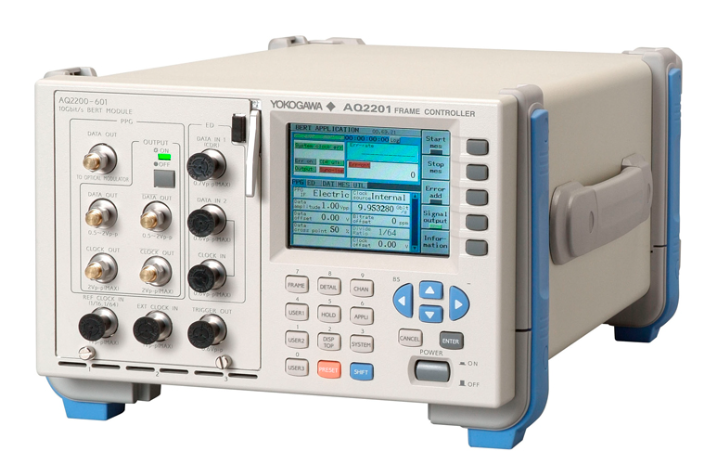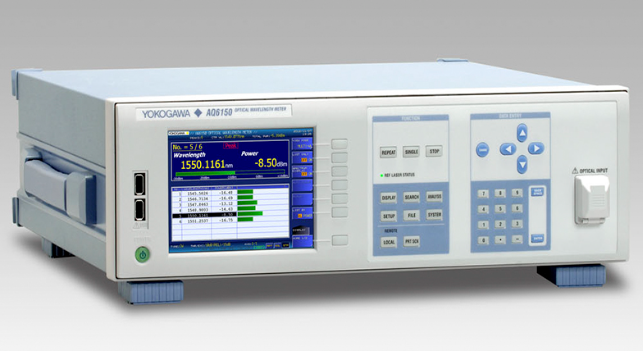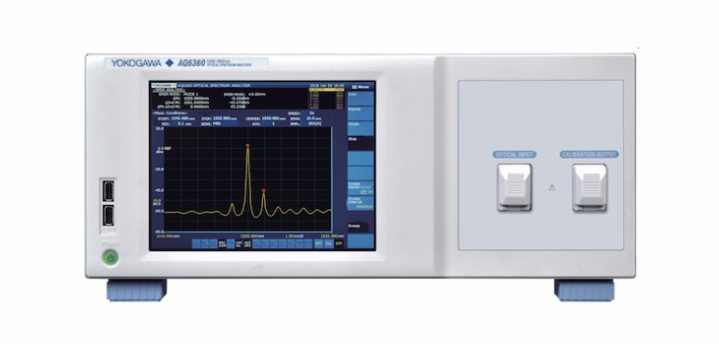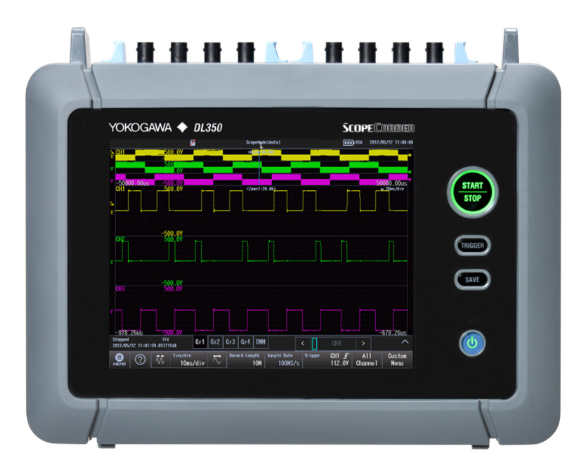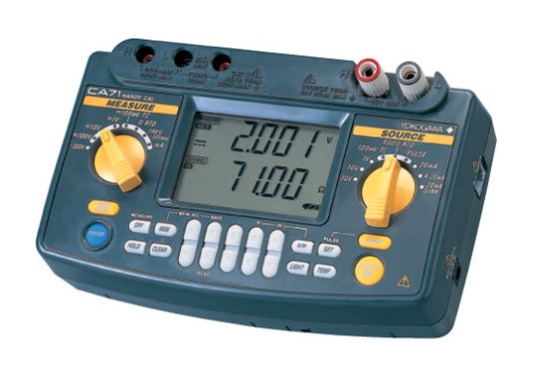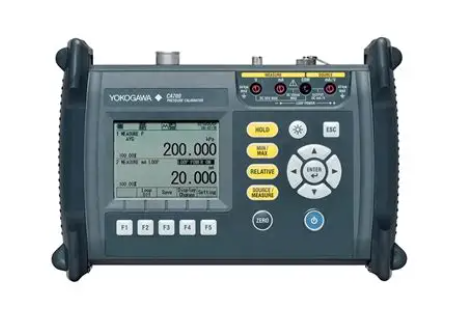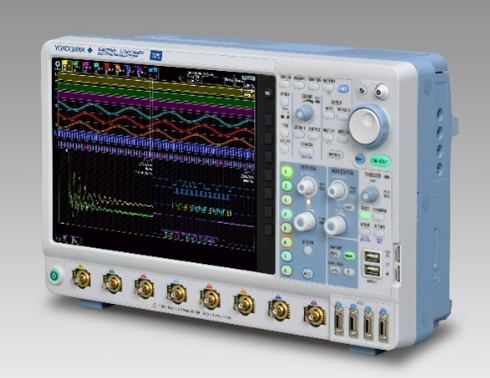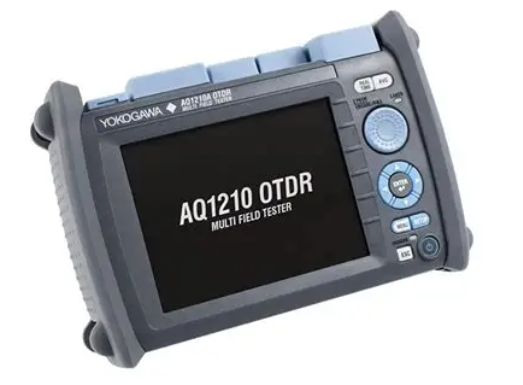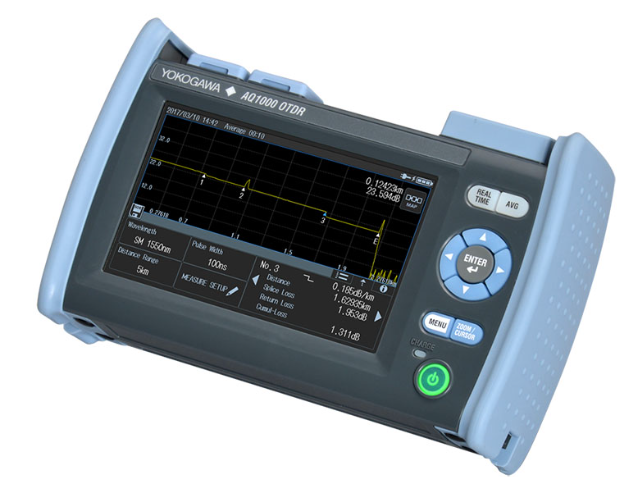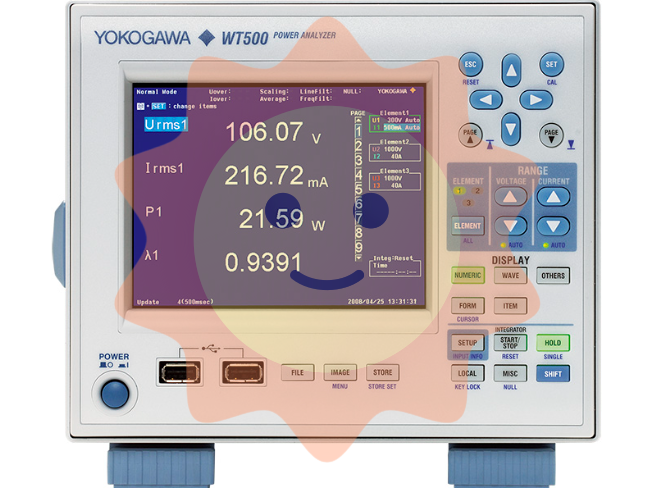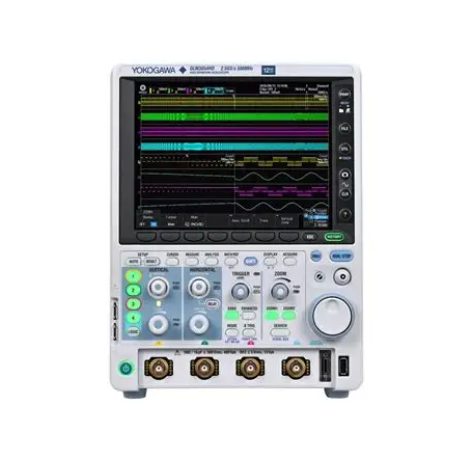ABB 3BHB003387R0101 GVC703AE01 Programmable Logic Controller
ABB 3BHB003387R0101 GVC703AE01 Programmable Logic Controller
Basic Information
Brand: ABB
Model:3BHB003387R0101 GVC703AE01
Type: Programmable Logic Controller (PLC) Module
Product Features
Design: Compact design for easy installation.
Processor: Equipped with a high-performance processor to ensure efficient operation.
Compatibility: Compatible with a wide range of input and output devices, including sensors, switches and actuators.
Communication: Supports Ethernet, CAN and other communication methods to achieve rapid data transmission and remote monitoring.
Technical Specifications
Processor type: ARM Cortex-A8 or other high-performance processors may be used (specifics may change due to product batch or update, need to refer to the official latest information).
Number of inputs: with multiple input channels to meet complex control needs (specific number of inputs may vary by model).
Number of outputs: Equipped with multiple output ports for controlling various kinds of actuators (the specific number of outputs should be referred to the official information).
Operating voltage: Usually 24VDC to ensure stable power supply and reliable operation.
Other specifications: including size, weight, operating temperature, storage temperature, relative humidity, shock and vibration resistance, etc. These parameters meet the strict requirements of the industrial automation field.
Application Scenarios
Automation control: As a PLC module, 3BHB003387R0101 GVC703AE01 is suitable for a variety of automation control systems, such as manufacturing production lines and process industries.
Remote monitoring: Through its communication function, it can realise remote monitoring and control of equipment to improve production efficiency and safety.
Precautions
Installation and commissioning: During installation and commissioning, the operation manual and safety specification provided by ABB should be followed to ensure the correct installation and stable operation of the equipment.
Maintenance and care: Regular maintenance and care of the equipment, including cleaning, inspection and replacement of wearing parts, etc., in order to extend the service life of the equipment and maintain its performance.
Supplier Information
Supplier: ABB and its authorised agents or distributors.
Contact information: You can get the supplier's contact information and details through ABB's official website or related channels.
Basic Functions
Data buffer: Since the rate of I/O devices is low while the rate of CPU and memory is high, a buffer must be set up in the controller. In the output, the buffer is used to store the data coming from the host at high speed, and then the data in the buffer will be transmitted to the I/O device at the rate of the I/O device; in the input, the buffer is used to store the data coming from the I/O device, and then the data in the buffer will be transmitted to the host at high speed after a batch of data has been received.
Error control: The device controller also manages error detection of data sent from I/O devices. If an error is found in the transmission, the error detection code is usually set and reported to the CPU, which then cancels the transmitted data and transmits it again. This ensures the correctness of the data input.
Data exchange: This refers to the realisation of data exchange between the CPU and the controller, and between the controller and the device. For the former, it is through the data bus, by the CPU in parallel to write data into the controller, or from the controller in parallel to read out the data; for the latter, it is the device will be the data input to the controller, or from the controller to the device. For this purpose, data registers have to be set up in the controller.
Status Description: Identifies and reports the status of the device The controller shall note down the status of the device for the CPU to know. For example, the CPU can start the controller to read data from the device only when the device is in a transmit-ready state. For this purpose, a status register shall be set up in the controller with each bit therein reflecting a particular state of the device. When the CPU reads in the contents of this register, it will know the state of the device.
Receive and recognise commands: The CPU can send many different commands to the controller, and the device controller should be able to receive and recognise these commands. To this end, there should be a corresponding control register in the controller to store the received commands and parameters, and decode the received commands. For example, the disk controller can receive Read, Write, Format and other 15 different commands from the CPU, and some commands also have parameters; accordingly, there are several registers and command decoders in the disk controller.
Address recognition: Just as each unit in memory has an address, so does each device in the system, and the device controller must be able to recognise the address of each device it controls. In addition, in order for the CPU to be able to write to (or read from) registers, these registers should all have unique addresses.

- User name Member Level Quantity Specification Purchase Date
- Satisfaction :
-









Email:wang@kongjiangauto.com

